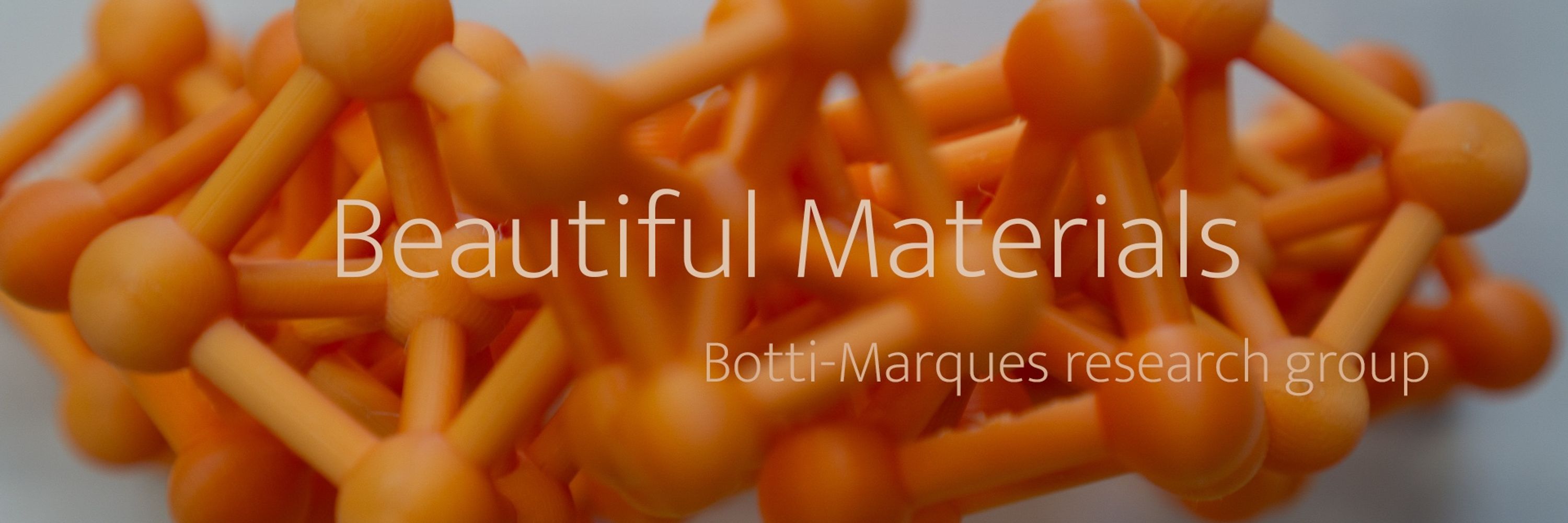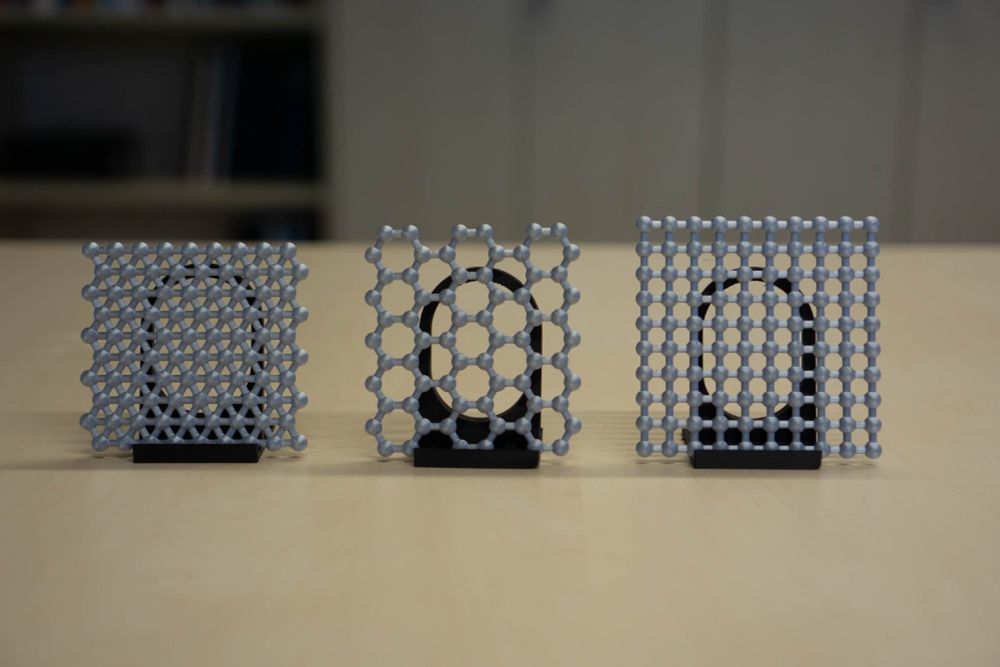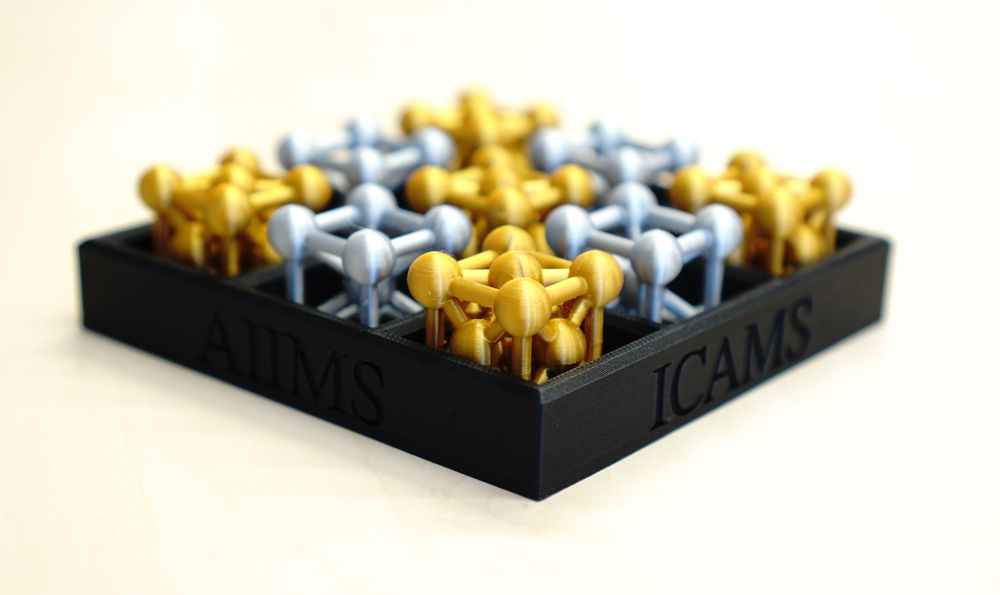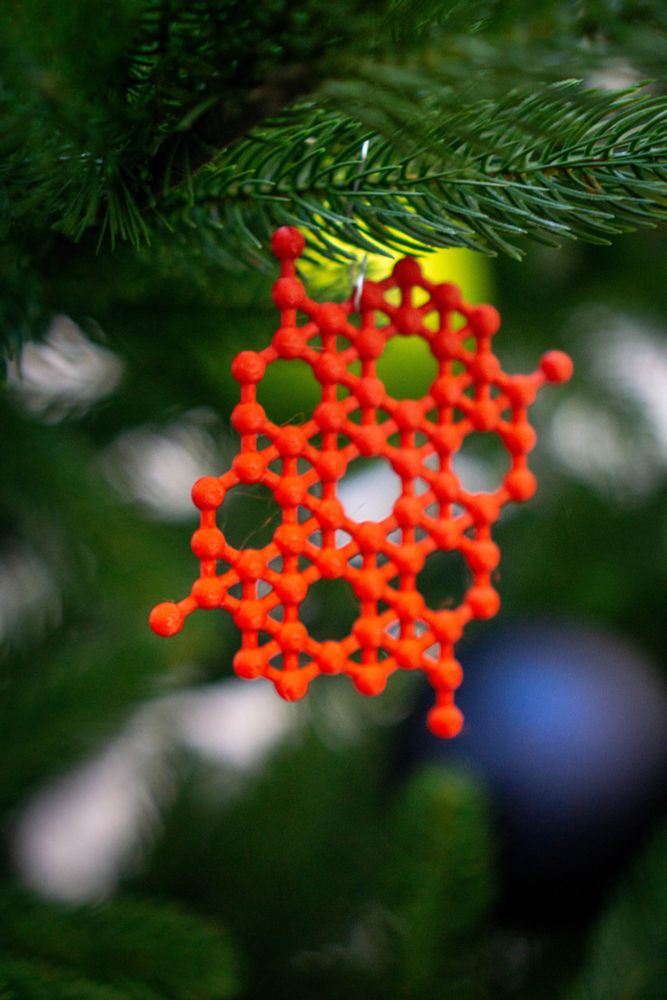
Ruhr University Bochum, ICAMS
RC-FEMS


Through analysis of electron-phonon calculations for over
20000 metals, we critically examine this question.
arxiv.org/abs/2502.18281

Through analysis of electron-phonon calculations for over
20000 metals, we critically examine this question.
arxiv.org/abs/2502.18281
🖨️ What we printed:
✅ 3 Regular (Platonic) Tilings – Made from a single polygon type: triangle, square, or hexagon.

🖨️ What we printed:
✅ 3 Regular (Platonic) Tilings – Made from a single polygon type: triangle, square, or hexagon.
We’re thrilled to share our latest work: “A Generative Material Transformer using Wyckoff Representation” 🌌
Discover Matra-Genoa – where AI meets Materials Science.
📄 Check out the pre-print: arxiv.org/abs/2501.16051
#AIforScience #GenerativeAI #MaterialsScience
We’re thrilled to share our latest work: “A Generative Material Transformer using Wyckoff Representation” 🌌
Discover Matra-Genoa – where AI meets Materials Science.
📄 Check out the pre-print: arxiv.org/abs/2501.16051
#AIforScience #GenerativeAI #MaterialsScience
Today, we’re exploring efficient atomic stackings. 🧵

Today, we’re exploring efficient atomic stackings. 🧵
Some models are already matching DFT accuracy (MatterSim) while others need work (ORB, OMat24)
Read here: arxiv.org/abs/2412.16551
#compchem

Some models are already matching DFT accuracy (MatterSim) while others need work (ORB, OMat24)
Read here: arxiv.org/abs/2412.16551
#compchem
Decorated with custom 3D-printed crystals and lattices, blending science and holiday cheer! Do you love it as much as we do?
Happy holidays!




Decorated with custom 3D-printed crystals and lattices, blending science and holiday cheer! Do you love it as much as we do?
Happy holidays!
We combine ab-initio methods and machine learning to design innovative materials for energy applications. ⚡
Follow us and repost 📢

We combine ab-initio methods and machine learning to design innovative materials for energy applications. ⚡
Follow us and repost 📢

